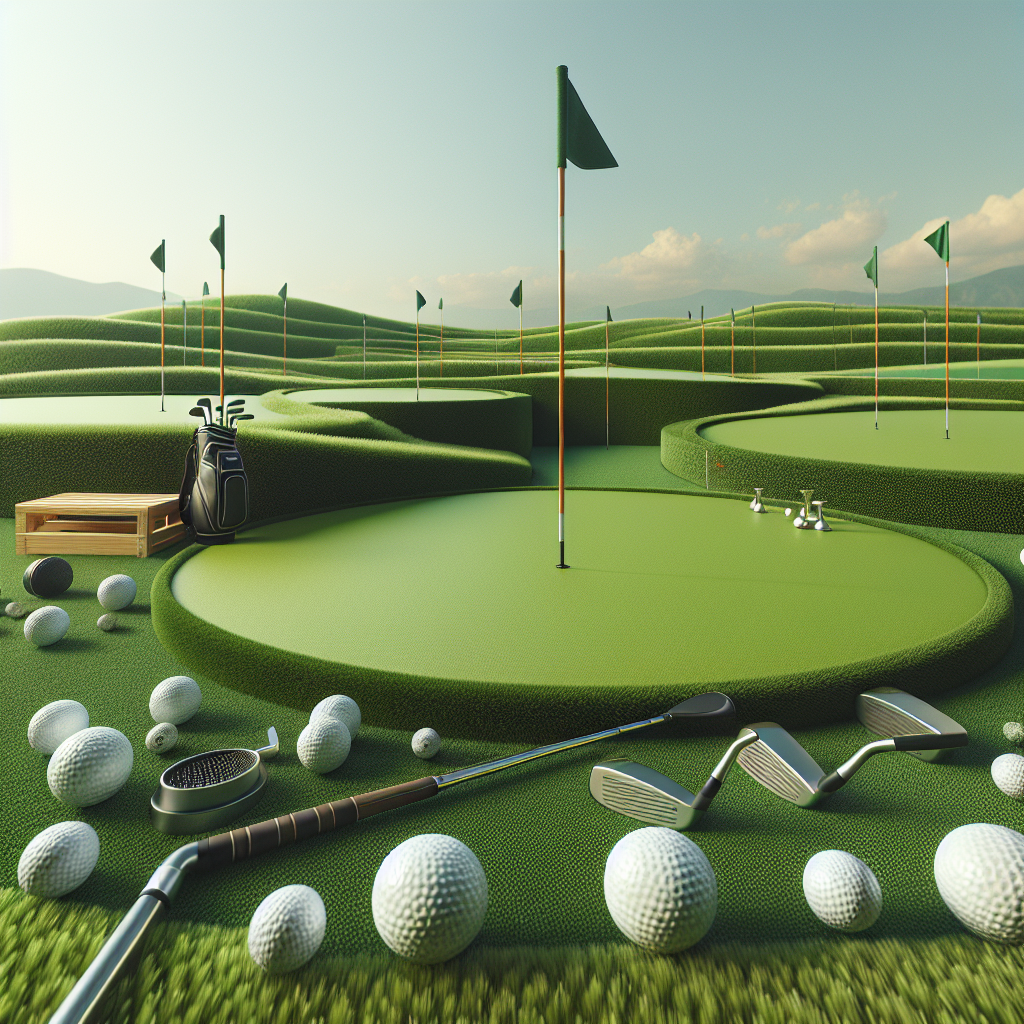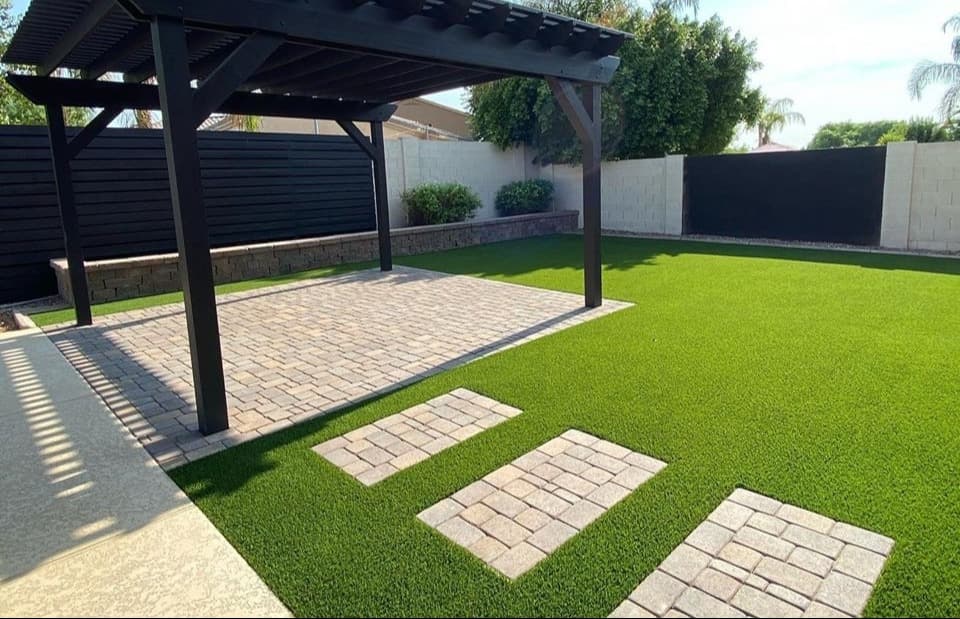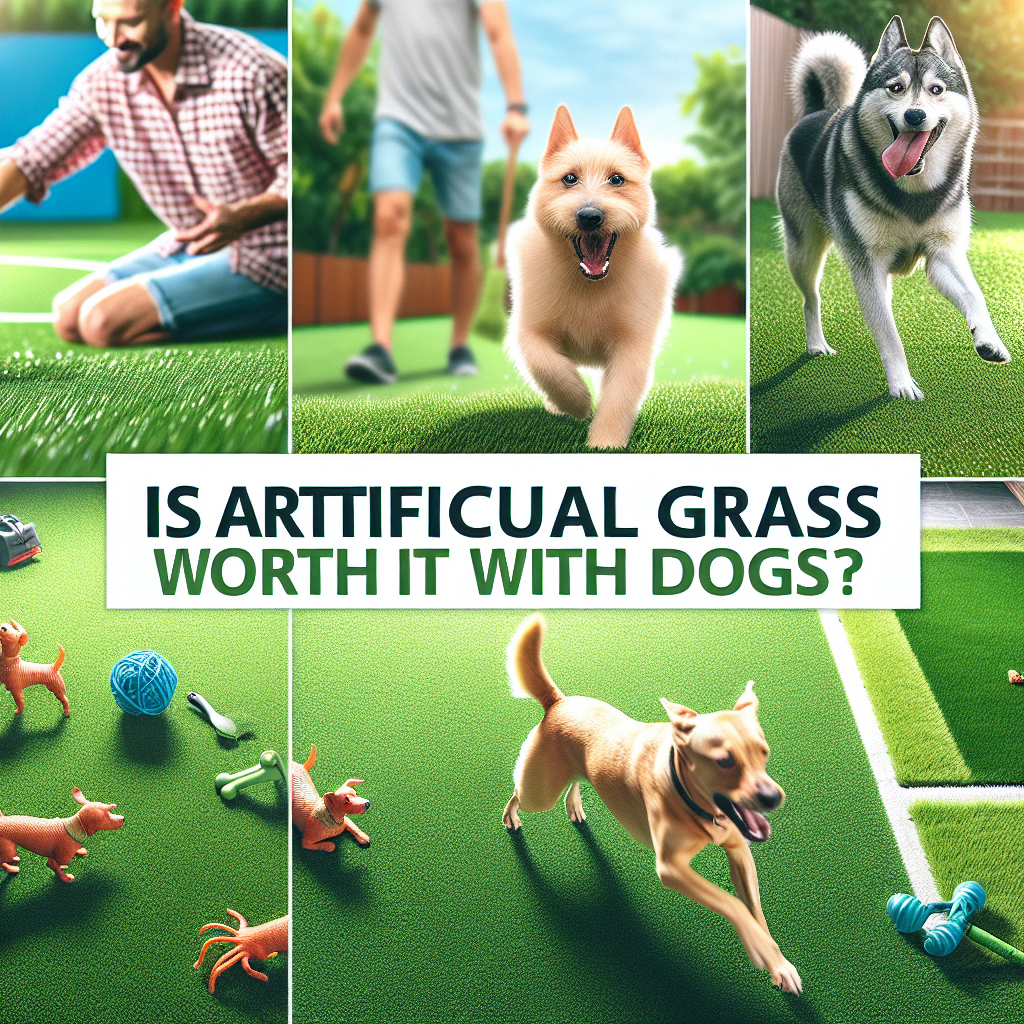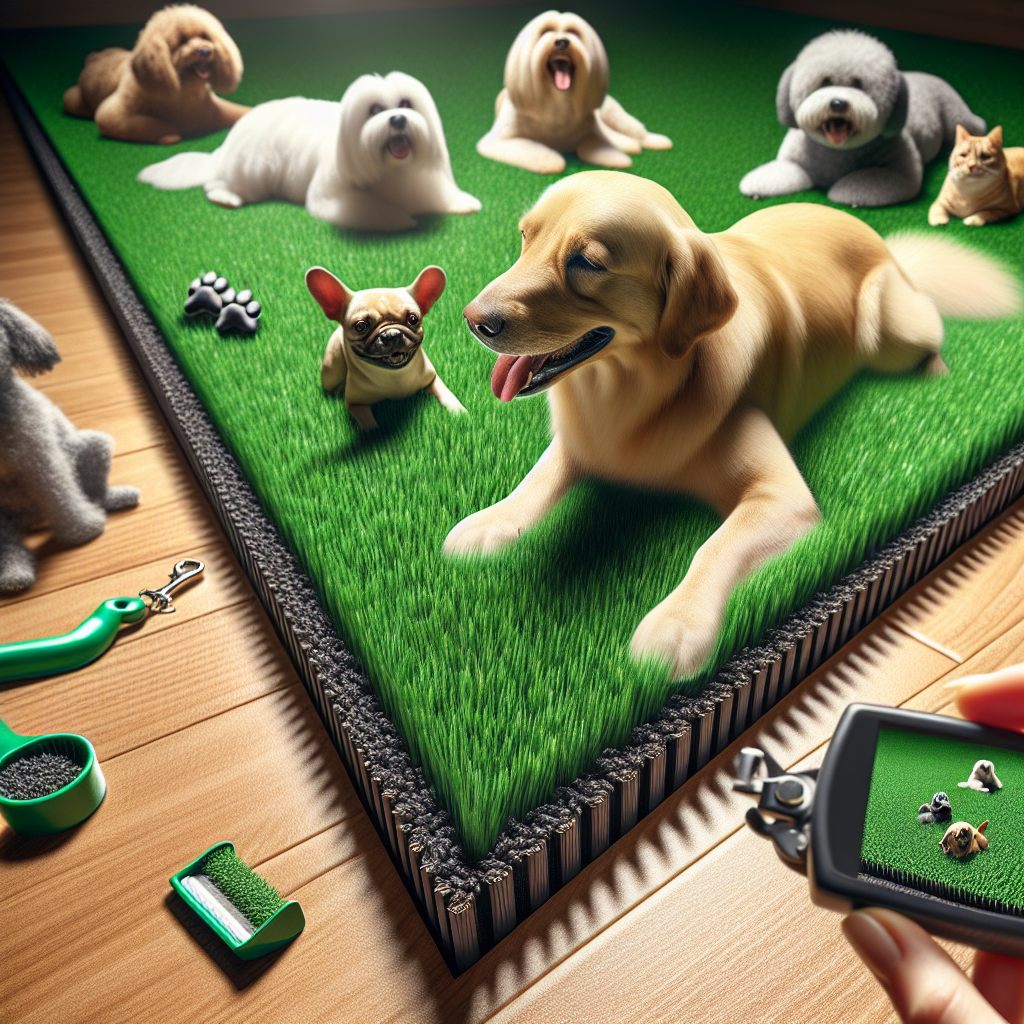
Imagine stepping onto a pristine green, the blades of grass perfectly manicured under your feet, inviting you for a perfect putt. Whether you’re an avid golfer or just enjoy a leisurely game, the quality of the putting green can make all the difference to your experience. But what goes into creating that flawless surface? One of the most critical factors is the thickness of the artificial grass. In this article, we delve into the ideal thickness for artificial grass on putting greens, helping you create the perfect play area.
Thickness isn’t just a number—it’s a pivotal element that defines the performance and longevity of your putting green. Think of it as the foundation of a house; it needs to be sturdy and reliable. A thicker turf provides better cushioning, enhances durability, and offers a more realistic playing experience. But what exactly does “thick enough” mean?
The density of the grass blades impacts how well the surface mimics natural grass. Higher density means more blades per square inch, providing a lush, dense feel underfoot and ensuring the ball rolls smoothly.
So, what is the golden number for thickness? Typically, artificial grass for putting greens ranges between 0.5 inches to 1 inch. This range ensures a balance between firmness and flexibility. Anything too thick may make the ball’s movement sluggish, while too thin can wear out quickly.
Several considerations go into determining the optimal thickness:
To understand more about how climate affects turf choice, check out this comprehensive guide by the National Weather Service.
Why invest time and effort into selecting the right thickness? Here are some compelling reasons:
The journey to a perfect putting green doesn’t end at choosing the right grass. Proper installation is equally crucial. Here are some expert tips:
For detailed installation guidelines, refer to this EPA ground rules for turf sports fields.
Regular maintenance, such as brushing and infill replenishment, should be done every few months to ensure optimal performance.
While DIY installation is possible, professional installation ensures better results and longevity.
Yes, modern synthetic turfs are designed to be eco-friendly, reducing water usage and eliminating the need for chemicals. For more information on sustainable practices, visit the EPA’s sustainability page.
Choosing the right thickness for your artificial putting green is not just about aesthetics—it’s about enhancing your game, ensuring safety, and investing in long-term durability. As you step onto your meticulously crafted green, let each putt remind you of the thoughtful decisions that went into creating this perfect oasis. With the right knowledge and preparation, your putting green will not only meet but exceed your expectations, offering countless hours of enjoyment and satisfaction.


